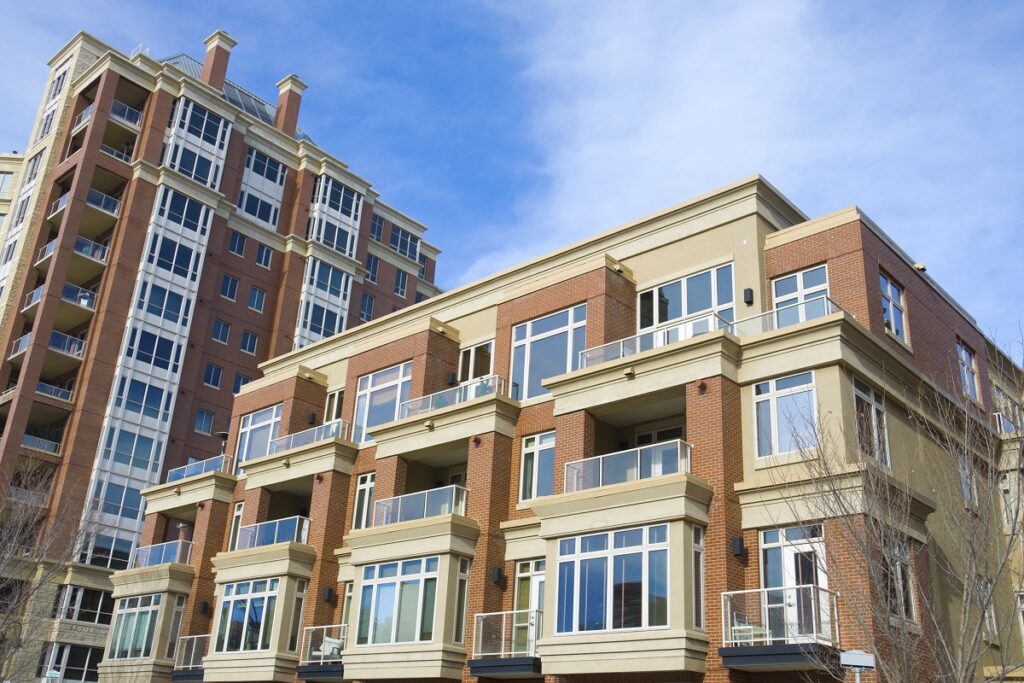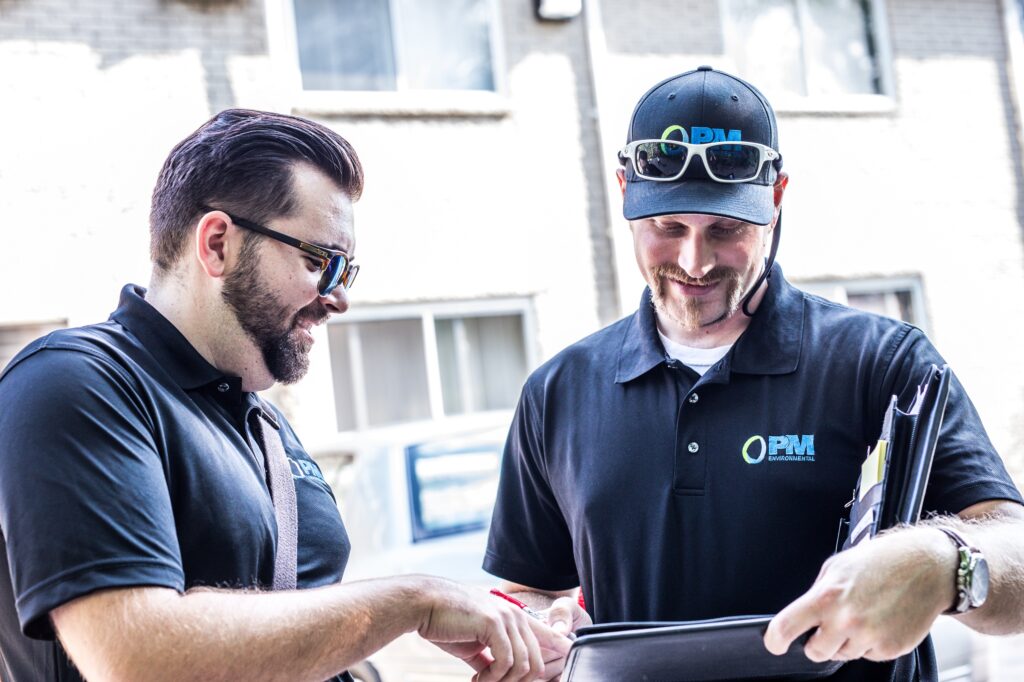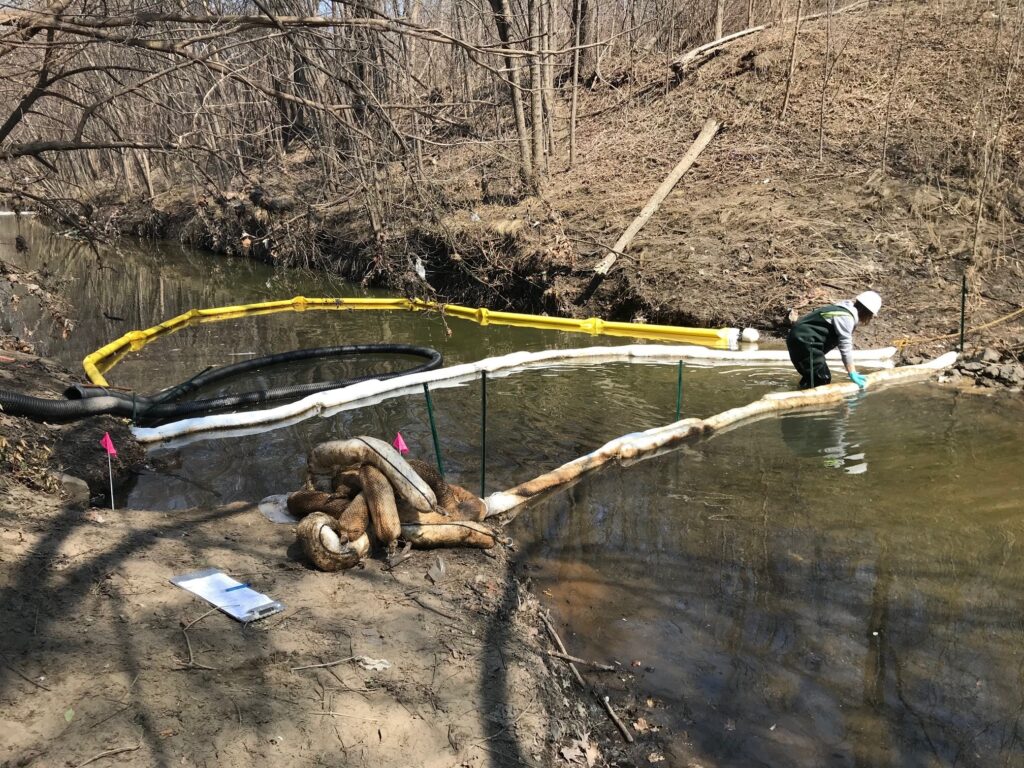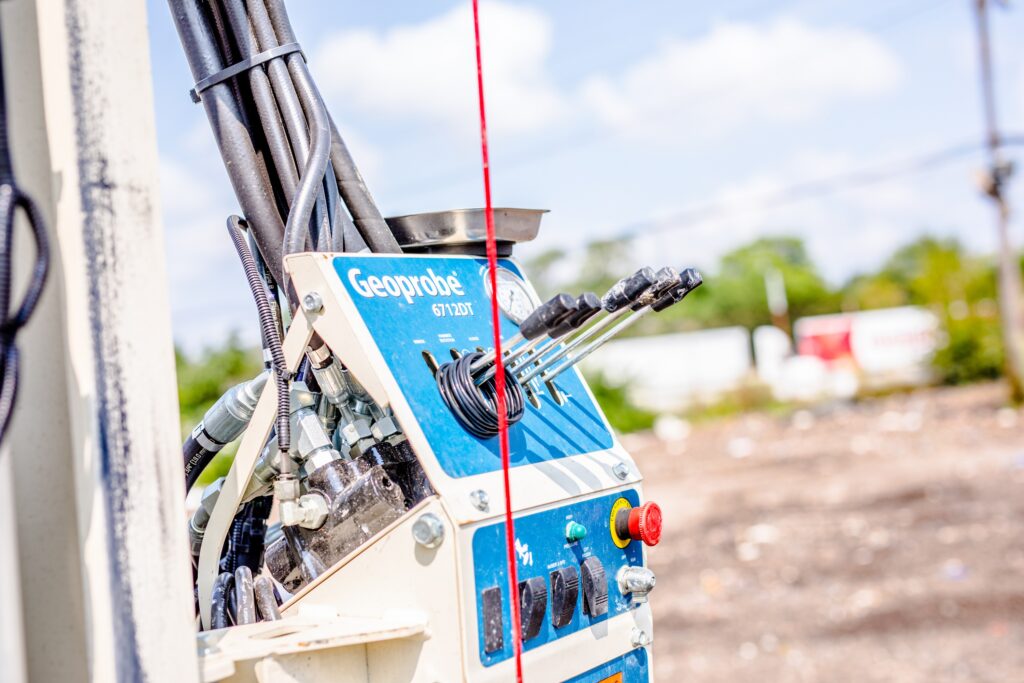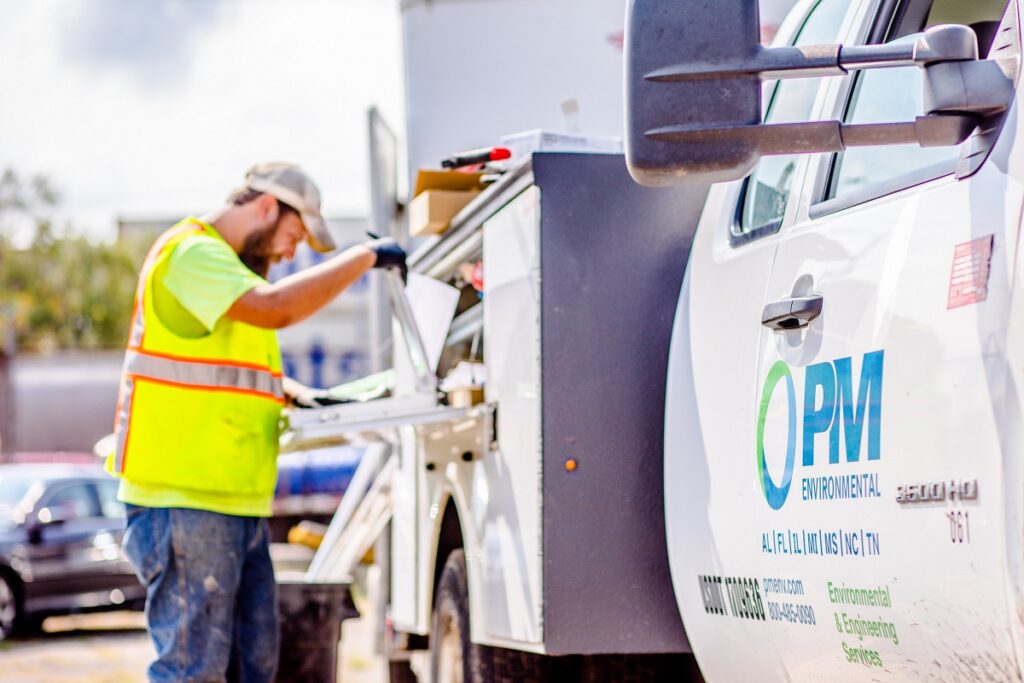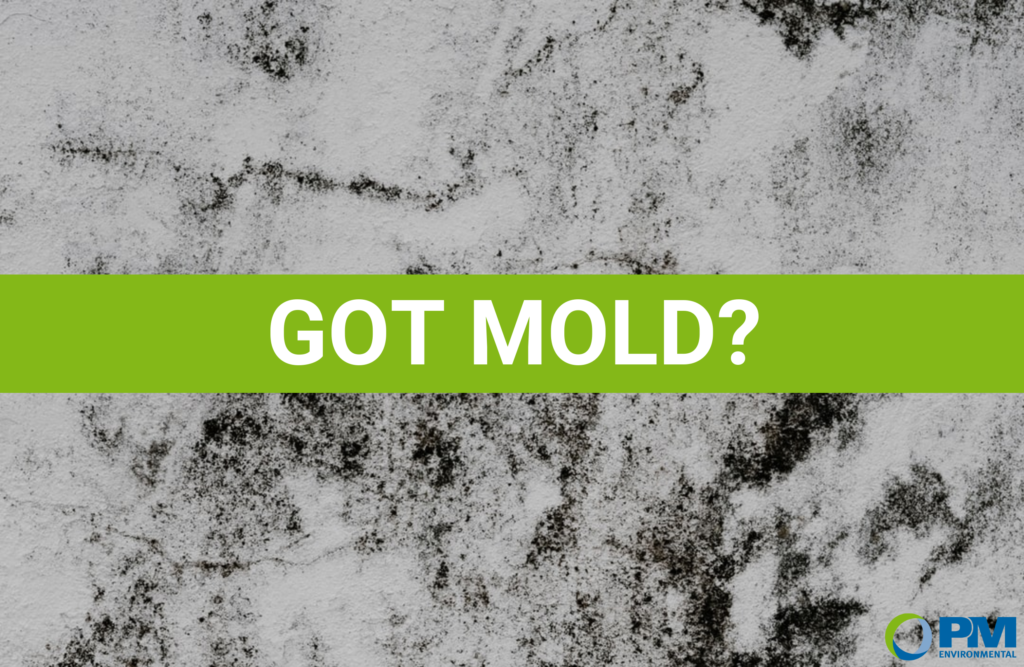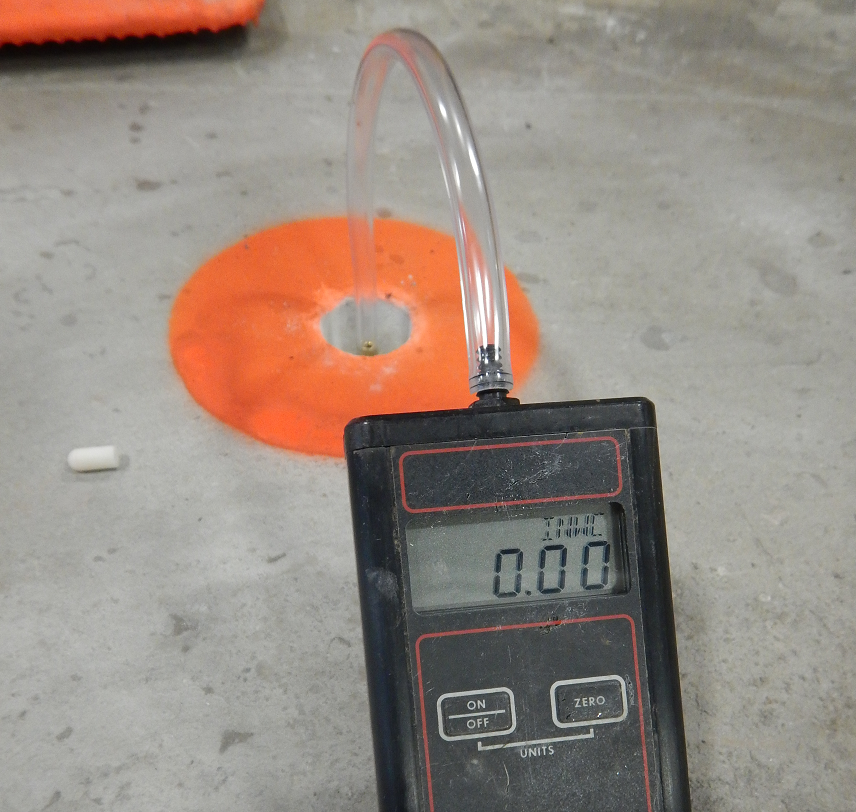Uncategorized
Environmental Due Diligence Concerns in the Affordable Housing Market
Affordable housing refers to residential complexes developed to meet the needs of those on fixed or subsidized incomes, including families, seniors, veterans and those transitioning from homelessness. Affordable housing initiatives can be found in communities big and small, in urban, suburban and rural areas. Some projects involve constructing new complexes; others, rehabilitating or repurposing existing…
Phase I ESA User Questionnaire {Infographic}
The User Questionnaire is one of the first steps to completing a Phase I Environmental Site Assessment (ESA). The questionnaire is composed of six questions that are to be filled out by the User to the best of their ability. Those questions include: Environmental clean-up liens that are filed or recorded against the site Activity…
Environmental Due Diligence: Perspectives on this Year and the Year Ahead
In April, an article in the Detroit Free Press predicted that we would remember 2020 as “the year of what we missed.” From the simplest family get together to the Summer Olympics, nearly every aspect of ‘normal’ life was put on hold to minimize the spread of the COVID-19 virus. While the pandemic dominated 2020…
How is an Emergency Rapid Response Assessment Conducted?
When an unexpected release of a hazardous substance occurs, a quick and effective response is needed. Following any necessary emergency response activities by first responders, an Emergency Rapid Response Assessment must be performed. An Emergency Rapid Response Assessment includes controlling the release, limiting the spread of hazardous substances, and mitigating any immediate threats to human…
Asbestos and Hazardous Materials: Follow the Signs
Preparing for a property renovation? About to demolish a structure to build a new one? Don’t let your project plans be derailed by unanticipated asbestos or hazardous materials regulations. When is an asbestos or hazardous materials survey needed? What should you expect during and after a survey? PM’s industrial hygiene experts walk you through the…
Beyond Phase II: Taking on Vapor Intrusion
Most commercial real estate developers and lenders are familiar with the steps of environmental due diligence. But what happens when a Phase II ESA identifies a problem that represents a financial burden and due care responsibility to the purchaser? Or needs ongoing mitigation – like vapor intrusion? A PM Environmental expert sheds light on the…
What is a Phase II Environmental Site Assessment?
Somewhere along the path to satisfying the environmental due diligence requirements on your property, it’s likely that you’ve come across the term Phase II Environmental Site Assessment, or Phase II ESA. Like the name suggests, a Phase II ESA is the second step in the environmental due diligence process, and usually follows a Phase I…
After the Shutdown: Back to Business as Not-So-Usual
As COVID-19 related restrictions are lifted and economic activity resumes, property managers and developers are looking for guidance to transition swiftly and safely to a ‘new normal’. PM Environmental specialists share insights about how to reopen a facility or restart the due diligence process. They also share PM’s roadmap for guarding the health and safety…
Spring into Action to Counter Mold
Spring has just arrived! As we welcome the return of milder temperatures, PM Environmental’s industrial hygiene experts help us focus on a less pleasant part of the season – air quality problems caused by mold. One sure sign of the season is spring cleaning – giving our homes a fresh start by clearing away the…
How is a Complex Sub-Slab Depressurization System Installed? {Infographic}
When the potential for vapor intrusion (VI) is identified due to sub-slab vapor concentrations above screening levels, mitigation systems are frequently used to control exposure. For existing structures with potential VI risk, the most common mitigation is the Sub-Slab Depressurization (SSD) technology. The USEPA defines SSD technology as “a system designed to achieve lower sub-slab…

